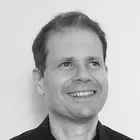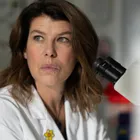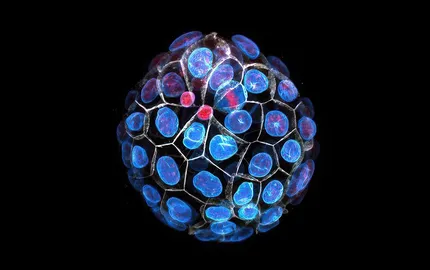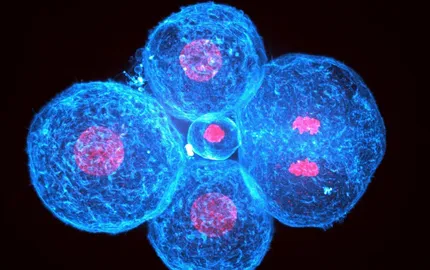- Home >
- Units research >
- Genetics and Developmental Biology (UMR3215 / U934)
Presentation

The research Unit “Genetics and Developmental Biology” of Institut Curie is composed of nine teams addressing fundamental questions related to the development of organisms and its pathological dysfunctions.
Our action is based on a simple idea: understanding developmental processes and tissue homeostasis is key to understand the etiology of diseases. We study living organisms at different scales ranging from organisms (mouse, zebrafish, Drosophila) to molecular aspects, and including organoids, patient-derived xenografts and cell lines. This variety of approaches enables an integrated analysis from the cell nucleus to the whole organism.
Our research addresses the following themes:
-the acquisition and maintenance of identity of stem cells, germ cells, or specialized somatic cells through cell signaling and transcriptional control
– the control of gene expression by the non-coding genome (ncRNAs, transposons) in normal and pathological conditions
– the role of mechanical forces and cell divisions in building embryos and tissues
– the role of inter-organ communications and systemic signals in tissue growth and homeostasis.
Teams
Publications
Nature Communications - 01/12/2021
See authors
Developmental Cell - 01/10/2021
See authors
Genome Research - 01/08/2021
See authors
The EMBO Journal - 03/05/2021
See authors
eLife - 19/04/2021
See authors
Life of the team
Scientific events
Speakers : Aria Zheyuan HUANG
Speakers : Sara WICKSTROM
Speakers : Edouard HANNEZO
Speakers : Elvan BÖKE
Speakers : Ivan BEDZHOV
Speakers : Jochen RINK
Speakers : Nicolas RIVRON
Speakers : Marco MILAN
Speakers : Laure BALLY-CUIF
Speakers : Yu-Chiun Wang
Speakers : Diana PINHEIRO
Speakers : Aurelio TELEMAN
Speakers : Rita FIOR
Speakers : Paolo CEPPI
Speakers : Karen GUILLEMIN
Speakers : Andrea PAULI
Speakers : Fernando M. Belmonte
Speakers : Ewa Paluch
Speakers : Cédric FESCHOTTE
Speakers : Camila DOS SANTOS
Speakers : Fabian ERDEL
Speakers : Patrick MÜLLER
Speakers : Irene MIGUEL-ALIAGA
Speakers : Pere Roca-Cusachs Soulere
Speakers : Arghyadip Mukherjee
Speakers : Anne GRAPIN-BOTTON
Speakers : Matthias Lütolf
Speakers : Jamie Hackett
Speakers : Alexander STARK
Speakers : Ekasit K. SONPHO
Speakers : Peter FABIAN
Speakers : Colinda SCHEELE
Speakers : Merlin LANGE
Speakers : Claude DESPLAN
Speakers : Yanlan Mao




















